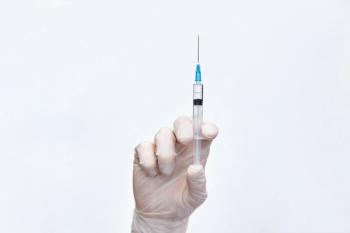
R.Ph.s can oversee lab tests to monitor drugs
Missed laboratory tests recommended for safety monitoring is a serious problem, according to recently published studies supported by the Agency for Healthcare Research & Quality. One study showed that 47%, 45%, and 44% of patients did not receive one or more recommended lab tests over three years. Another showed that 49.6% of all prescriptions that should have been accompanied by a lab test at the time the drug was prescribed were not.
Missed laboratory tests recommended for safety monitoring is a serious problem, according to recently published studies supported by the Agency for Healthcare Research & Quality. One study showed that 47%, 45%, and 44% of patients did not receive one or more recommended lab tests over three years. Another showed that 49.6% of all prescriptions that should have been accompanied by a lab test at the time the drug was prescribed were not.
Among the reasons for inconsistent monitoring recommendations, two are especially prevalent, according to researcher Marsha Raebel, Pharm.D. "The physician forgets to order the test. Or the patient doesn't show up at the lab to have the test done." The KPCO strategy targets both of these breakdowns, with the pharmacy being the conductor, so to speak.
In addition to pharmacists' expertise in drugs and drug safety, making them particularly well suited for this role, the fact that they make at least three attempts to reach each patient has contributed to the success of the project, according to Raebel. "We have full contact information for each patient available in our electronic records, which facilitated reaching some patients."
A side benefit, in addition to improving patient safety, is the opportunity for pharmacy outreach, Raebel said. "Our pharmacists enjoyed the patient contact. And patients were impressed that we were reaching out to make sure their drugs were safe for them. With some patients, this led to discussions about others of their drugs."
According to Raebel, almost any outpatient setting could follow this process. "You do have to be able to link your pharmacy data and your lab data. But you don't have to have a full patient record." Such automation may not be available in many outpatient settings, but Raebel said it could be, for a small to moderate investment. "The challenge would lie with those pharmacists who are dealing with multiple different systems; that's going to be more costly. But laboratory data and pharmacy data are two systems that have been electronic for a long time. It makes sense to think about linking them."
Newsletter
Pharmacy practice is always changing. Stay ahead of the curve with the Drug Topics newsletter and get the latest drug information, industry trends, and patient care tips.




